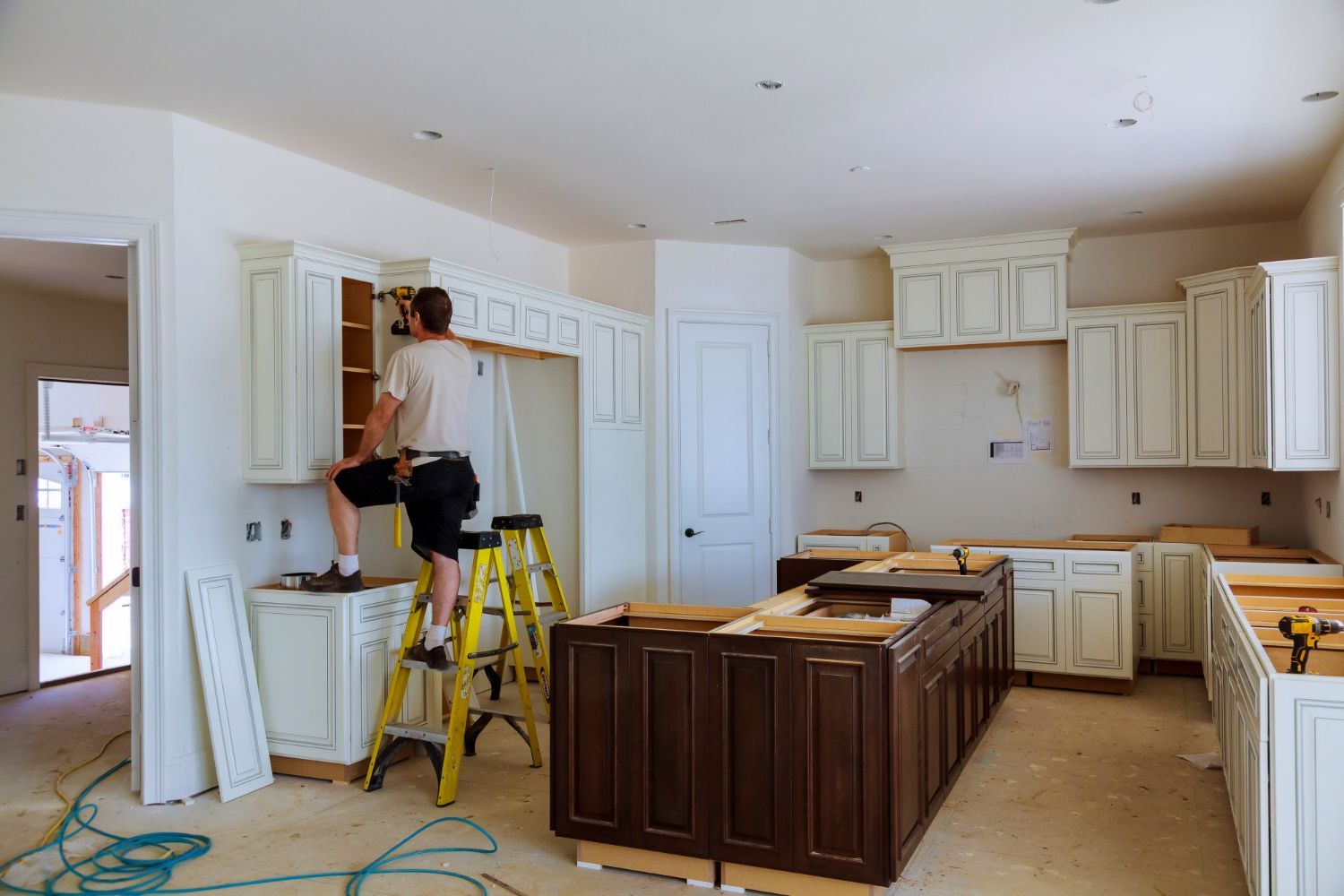What is a Redraw Facility?

A redraw facility is a home loan feature you can use to reduce the amount of interest you pay.
Here’s how redraw works:
When you make extra repayments on your home loan, this money goes into redraw- You can ‘borrow back’ (or redraw) this money when you need cash
- The money in your redraw facility reduces the interest you get charged
- If, for example, you have $300,000 outstanding on your mortgage and $20,000 in redraw, you’ll be charged interest on only $280,000 (i.e. $300k minus $20k)
If you’re thinking a redraw facility sounds very similar to an offset account, you’d be right.
But there are some key differences.
An offset account is a separate account that’s linked to the home loan – so when you put money into the account, it’s classified as a deposit rather than an extra repayment. That means if you take money out of the offset account, you’re reclaiming your own money.
A redraw facility sits within the home loan – so when you put money into the facility, it’s classified as an extra repayment rather than a deposit. That means if you take money out of the redraw facility, you’re technically re-borrowing the bank’s money. This may have tax consequences if you’re a property investor, so seek advice from a tax professional.
Some key differences to note: given that redraw is a transfer, it might take a little longer to access that money than if you were to get it from an offset account. Also, some lenders charge fees to redraw, however the home loan itself may have lower fees attached overall compared to a more complex package with an offset account. As your broker, we can weigh these up for you.
If you want to chat about redraw, offset or any other home loan features, please call our team on
(03)8657 8664 or email
reception@futurefinancegroup.com.au to arrange an appointment.



Our Services
Quick Links
FOR FURTHER INFORMATION PLEASE CONTACT OUR OFFICE
Call us on
(03) 8657 8664
8:30am to 5:00pm, Monday to Friday
Public Holidays: Closed
Ezmeralda Finance Pty Ltd trading as Future Finance Group (Credit Representative Number: 478781) under BLSSA Pty Ltd (Australian Credit License Number: 391237)
Corporate Credit Representative – Ezmeralda Finance Pty Ltd – (ACN 606649334) Credit Representative Number 478781
Future Finance Group is rated 5.0 stars by 239 customers and Facebook Reviews - 326 reviews | All content copyright Future Finance Group 2015 | Terms & Condition | Privacy Policy | Credit Guide | Website by Octopus Digital
